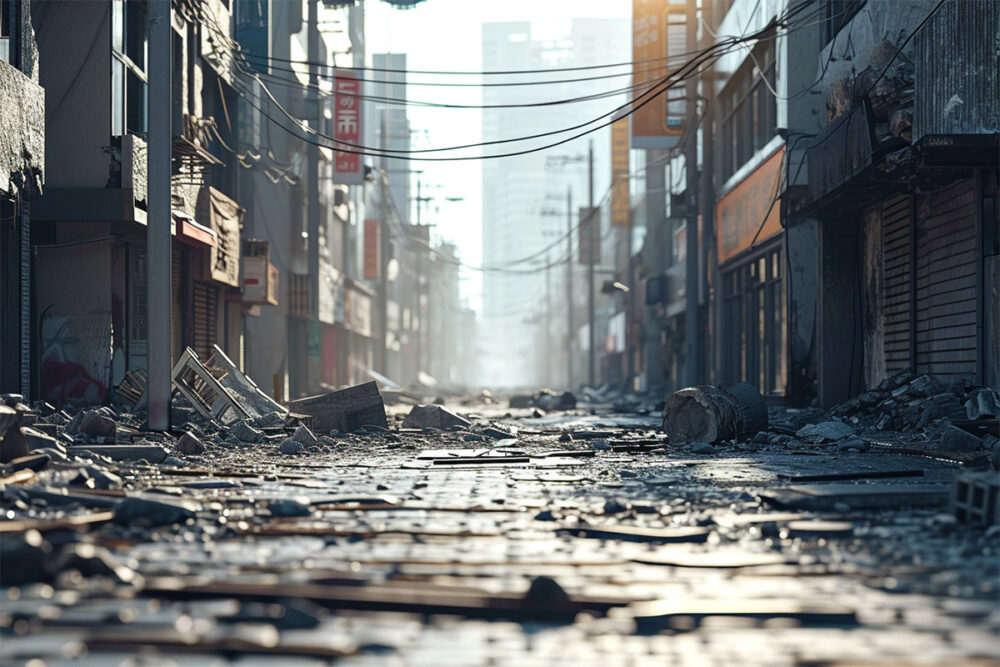Japan Earthquake Disrupts Semiconductor Industry
A 7.6-magnitude earthquake that struck Japan on the first day of the new year has temporarily shut down microchip and electronics manufacturing facilities in Ishikawa Prefecture. Among the affected companies are Toshiba, GlobalWafers, Murata, and others.
According to reports, at least 62 people have died as a result of the earthquake, and the number of victims continues to rise. The disaster triggered a tsunami that swept cars and houses into the sea and left dozens of households without power. The Japan Meteorological Agency is still recording hundreds of aftershocks following the main quake.
Taiwanese silicon wafer manufacturer GlobalWafers reported that out of its five plants in Japan, two were located directly in the earthquake zones. However, these facilities were not damaged and have already resumed operations.
Toshiba announced the suspension of operations at a key semiconductor manufacturing site owned by its subsidiary, Kaga Toshiba Electronics, to inspect the infrastructure for possible damage. The decision to resume production will be made after a full assessment of the production lines is completed.
Murata Manufacturing, the world’s largest producer of multilayer ceramic capacitors, is also currently assessing damage to its facilities near the earthquake’s epicenter.
According to analytics firm Trendforce, although most semiconductor plants are located in areas with seismic intensity levels of 4-5, infrastructure damage has been minimal. The temporary suspension of semiconductor production is not expected to have a significant impact on the global market, as experts had already noted a seasonal decline in demand.
Additionally, existing strategic reserves of finished products will help companies weather the crisis without losses and ramp up production volumes in the near future.



